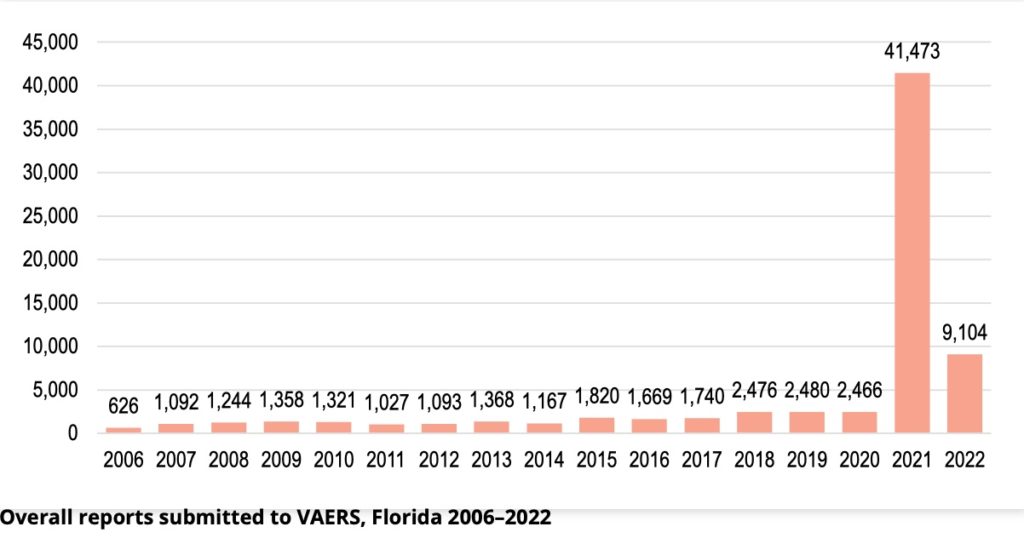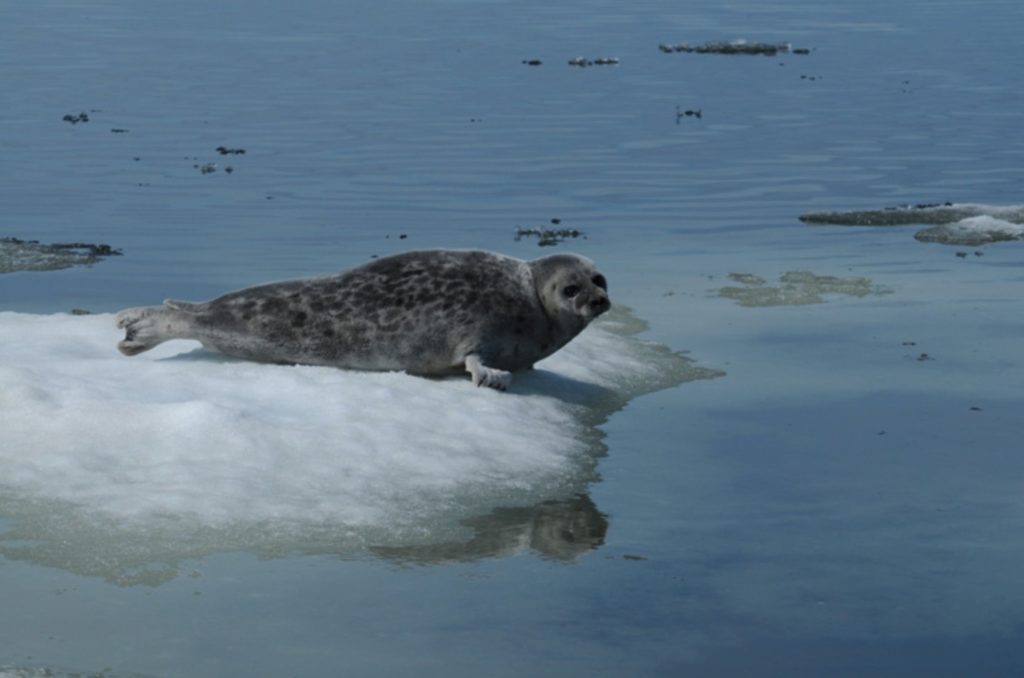Rep. Mary Peltola appeared before the Alaska Legislature today to make her first formal speech to the joint session. It was short and sweet, a chance to create a photo opportunity for her files, get some complimentary stories out of the press, and make friends in the Legislature.
She started her remarks praising the House and Senate on their bipartisanship and said that the “Alaska Model” is something she is asked about in Washington, D.C., as she considers the Alaska Legislature a model for the nation, and others she speaks with do too.
That may have seemed odd to lawmakers such as Sen. Mike Shower, Sen. Shelley Hughes and Sen. Rob Myers, who were excluded from the majority caucus that includes hardline leftists such as Sen. Forrest Dunbar and Sen. Loki Tobin in the Senate. The Senate has excluded the conservative members, and accepted the leftists, creating a Democrat-controlled Senate, excluding most of the Mat-Su and some of Fairbanks-North Pole.
Peltola asked the Legislature to pass a resolution in favor of the Willow Project, the oil project for the National Petroleum Reserve-Alaska that is teetering on possible approval by the Biden Administration. She said that although some Alaskans don’t want it to be approved, there is wide “social license” consensus in the communities of northern Alaska that it’s a good project.
Peltola repeated the Biden Administration’s newest terminology for Alaska’s oil: “Gap oil,” which she and the Biden Administration describe as the bridge to a renewable energy future. None of the legislators challenged her on her view of Alaska’s largest industry and tax base. She didn’t touch on how Alaska will pay for government after she and the Biden Administration shut down oil.
At the end of Peltola’s remarks, Rep. Jamie Allard of Eagle River asked Peltola to give her thoughts about the carbon credits and carbon sequestration, which is major legislation coming from Gov. Mike Dunleavy. Peltola said she knows little about carbon trading but is interested in new things that can bring more revenue to state government. Her husband Gene Peltola, who was sitting in the gallery during her remarks, is part of a company that could stand to make millions of dollars from the sale of carbon credits in Alaska.
Later, in speaking to reporters, Peltola said she was scheduled to sit down and speak with the governor about his carbon legislation. In mid-2022, Gene Peltola and his new company colleagues had a meeting with the Dunleavy Administration to talk about how they could get a piece of the action, if carbon credits became a traded commodity in Alaska.
USA Today: Rep. George Santos and Mary Peltola have something in common — resumes that don’t hold up









